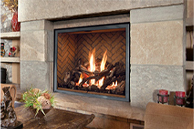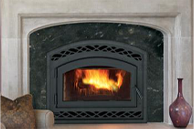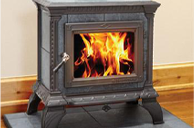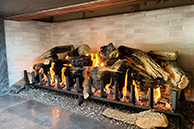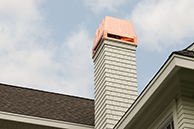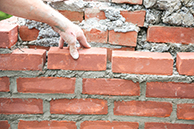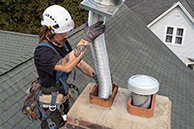Is It Time to Replace the Chimney Liner?
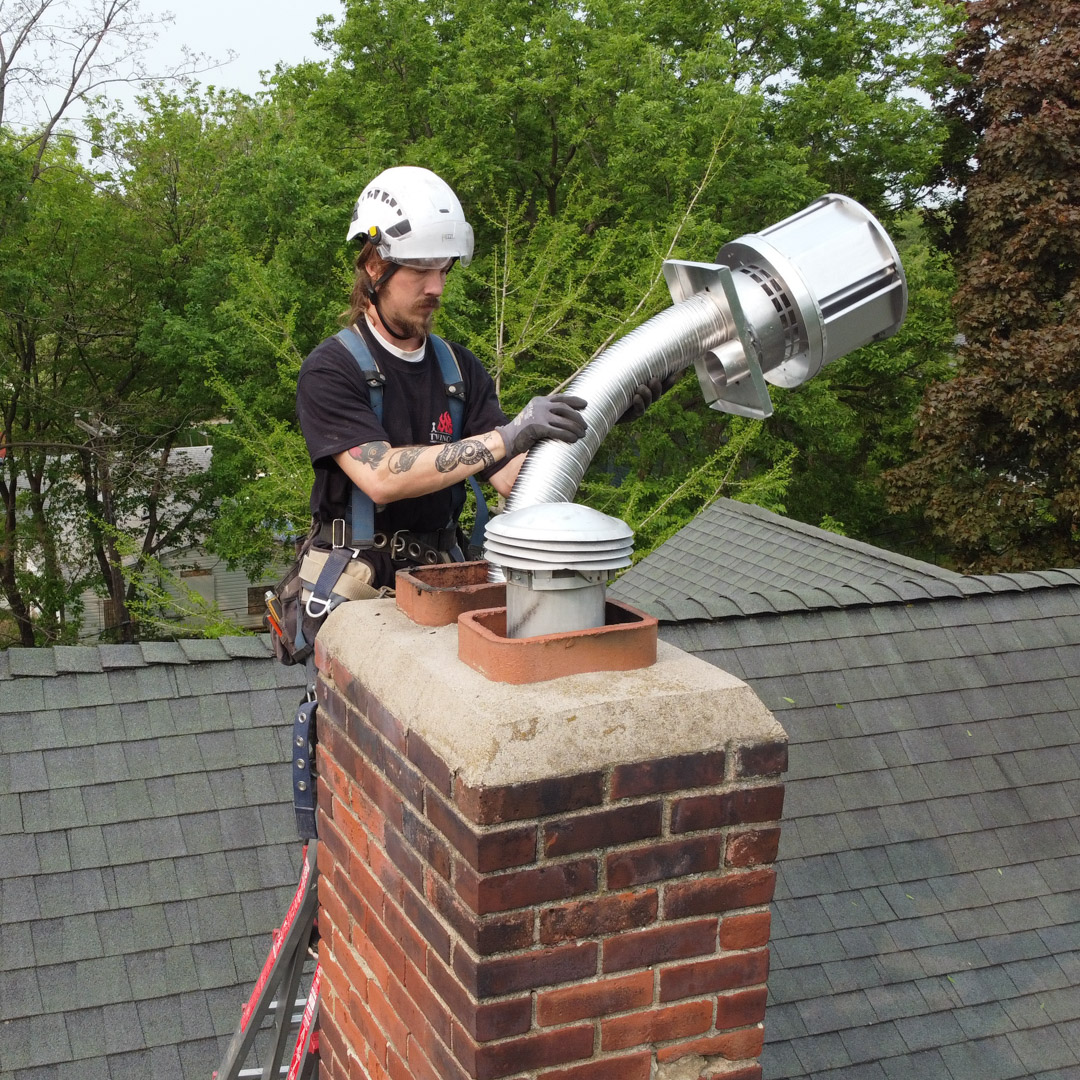
As long as your chimney is operating as it should, there’s typically no reason to think twice about it. However, if you start to notice issues such as smoke in your home or leaking water, you may start to focus more. While issues with bricks and mortar are easy to spot, one of the most important (and overlooked) components of your chimney system is hidden from view: the chimney liner.
What is a chimney liner? It is an important part of your chimney that protects the walls of your chimney from high heat and corrosion, helps guide smoke and gases out of your home, and improves the efficiency of your heating appliance. Over time, though, even the best liners can wear down. Do you think you may be ready for a replacement? Take a closer look below to get a better idea.
Telltale Signs Your Chimney Liner Needs Replacing
Chimney liners may not immediately scream that they need attention. However, there are some signs to look for. Look out for these warning signs:
Cracks or Gaps in the Liner:
No matter what your liner is made of (clay, metal, or a cast-in-place material), visible cracks or missing sections are a definite warning sign. Cracks can allow heat and gases to escape into surrounding walls in your home which increases the risk of a chimney fire.
Deteriorating Mortar or Flue Tiles:
Small pieces of broken tile or mortar falling into your firebox is a top sign that the liner is deteriorating from the inside out.
Rust or Stains:
Overtime, you may notice rust start to show on your chimney. If you notice this on your damper, for example, that is a sign moisture is getting in likely through cracks in the liner. Similarly, dark or white stains on the exterior of your chimney can signal liner failure.
Smoke or Strong Smells Indoors:
Smelling smoke inside your home during a fire may be normal, but if it gets excessive, that could be a sign that your chimney gases aren’t properly ventilating.
Poor Appliance Performance:
A struggling furnace or wood stove may be the result of a damaged liner not creating enough draft.
What Makes My Chimney Liner Fail?
Chimney liners can wear out from age, but damage is often made worse by things like:
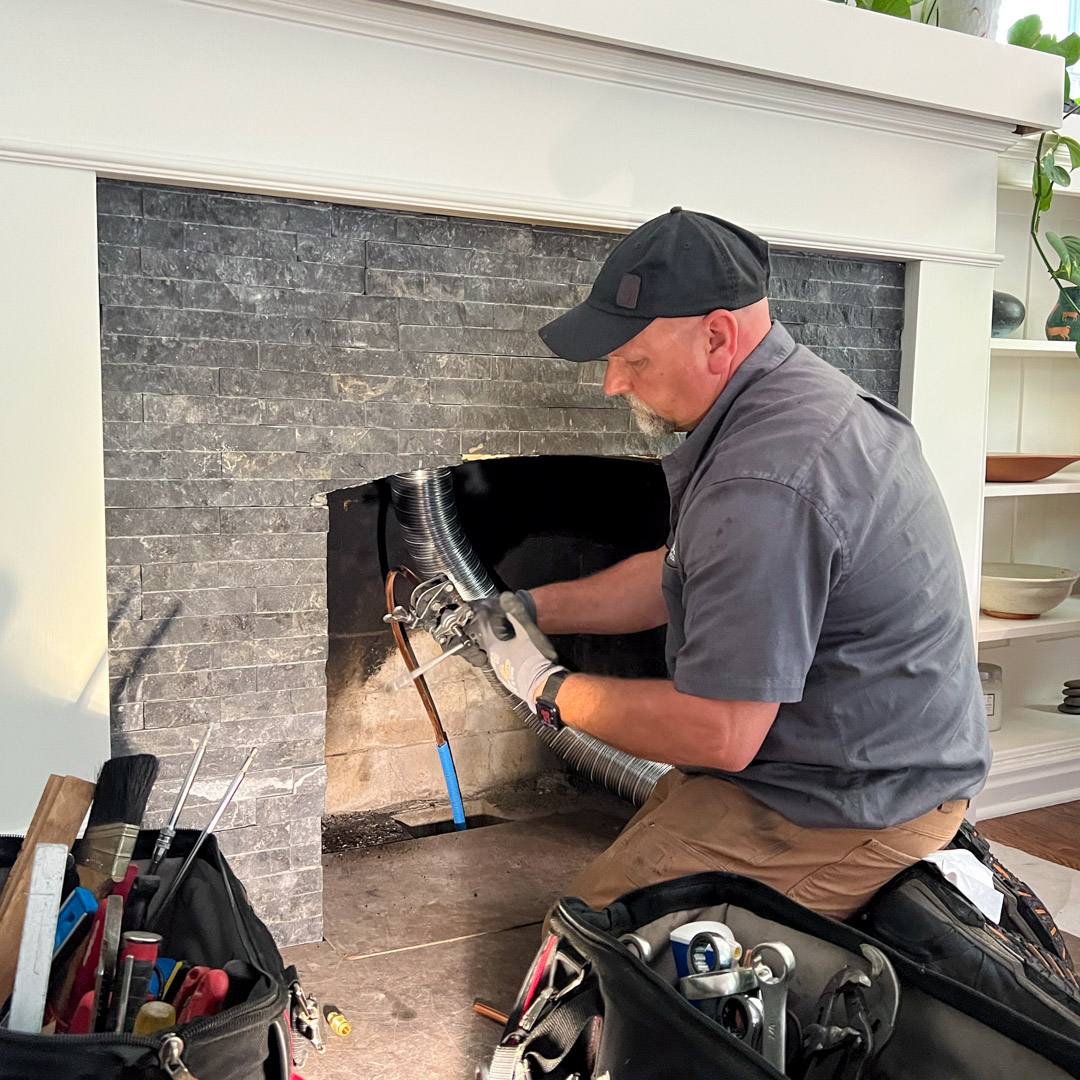
- Creosote buildup from frequent fires
- Water getting inside of the house due to poor chimney caps or flashing
- Improper chimney liner installation initially
If your chimney liner is failing, using your fireplace or stove becomes a serious safety risk. If neglected, a damaged liner can lead to chimney fires, carbon monoxide leaks, and costly structural damage.
Need a New Liner? Call Twin City Today For Assistance
A faulty liner might start as a small inconvenience, but if left unaddressed, it can cause serious problems. If you notice water near your fireplace or suspect something’s wrong, don’t wait until it gets worse. Schedule an inspection and let a skilled chimney professional take a closer look. Early action can save you from exponentially worse issues down the road.
 Active-Duty Military Owned
Active-Duty Military Owned
